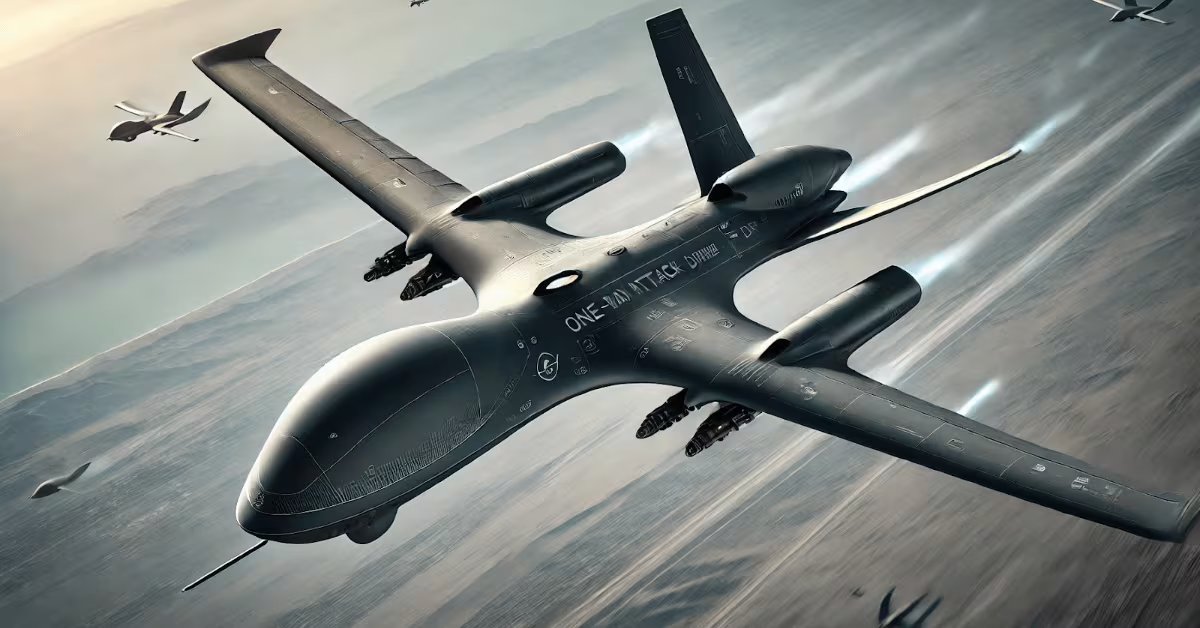WARTON, England — A new series of test flights to explore the capabilities of Britain's Taranis unmanned combat air vehicle is being discussed by industry and the Ministry of Defence (MoD), according to a BAE executive.
The British completed what was thought to be the third and last series of test flights from a site at Woomera, Australia, in the autumn of 2015. An analysis of the missions data continues ahead of a decision on where to go next with the program, said Martin Rowe-Willcocks, the head of future programs at BAE's Military Air and Information business.
Taranis, named after the Celtic god of thunder, was built by a BAE-led consortium in a £200 million (US $291 million) program primarily meant to test British unmanned air combat vehicle controls and low observable technology.
"Analyses from the third phase of flight trials is still going on. What we plan to do beyond that will be a subject for discussion once the analysis phase is completed," the executive said.
Part of that discussion centers on further flight testing of the Hawk jet trainer-sized vehicle, he said.
"We know there some more things we can do with the aircraft but what we need to understand is: What will it achieve? So, the actual requirement for a further phase is really tied into not just further flying hours but what would be the outcome," he said.
An MoD spokeswoman said that "analysis of the data produced is ongoing and will inform decisions on any further trials."
The BAE executive wouldn't say how many missions or how many flight hours were involved in the test flights to date but confirmed that Taranis had flown in a stealth configuration during phases 2 and 3.
"We pushed the boundaries an awful lot," he told reporters during a briefing at BAE's Warton aircraft development and assembly site in northeast England. "There are a lot of smiling faces around here at the moment."
BAE executives also showed reporters demonstrator work they have been doing to look at what a future unmanned combat air system control ground station might look like. The company plans to showcase some of the ground station work they have been doing at the upcoming Farnborough air show next month.
Aside from the national Taranis program, the British are collaborating with France in the development of a future unmanned air combat vehicle. The two governments pledged in March to jointly invest £1.5 billion in a BAE-Dassault Aviation-led effort to build a prototype vehicle.
The two sides had previously funded a £120 million feasibility study involving BAE, Dassault and others.
France has been separately conducting a parallel program to Taranis with several other European nations in a program known at Nueron.
The Neuron flew in formation at a height of 150 meters with a Dassault Rafale and Falcon 8X jets at an air show held June 4 at the French Air Force test center in Istres, France.
Andrew Chuter is the United Kingdom correspondent for Defense News.








